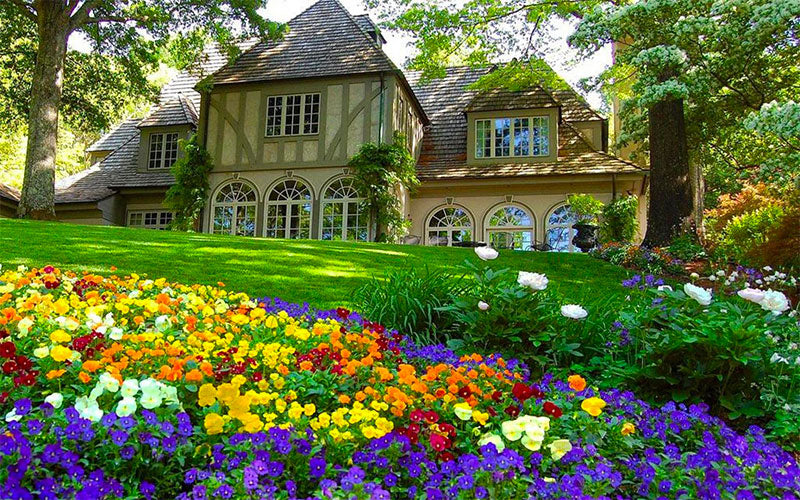Perennials
Perennials are plants that come back every year in spring after dying back to the ground in winter. Perennial plants are generally herbaceous and do not have woody growth. These plants add color to our landscapes with their flowers and texture to our yards with their foliage. Perennials come in a variety of shapes, sizes, looks, and colors. They can be used in mixed beds, gardens, borders, and more.
More Information







